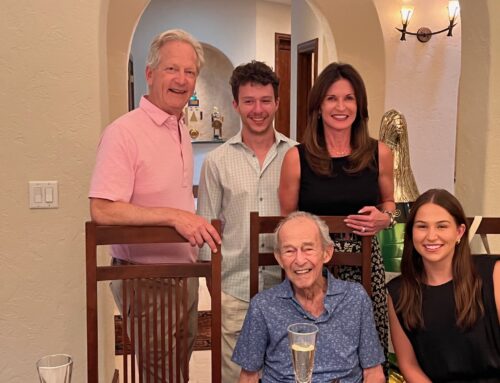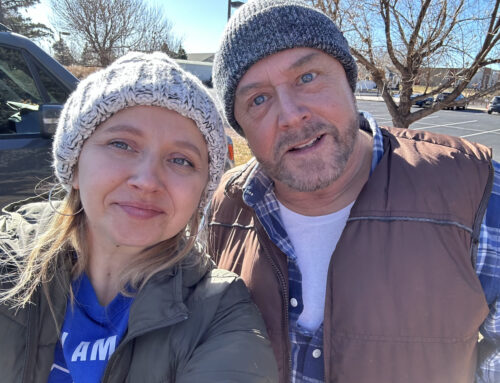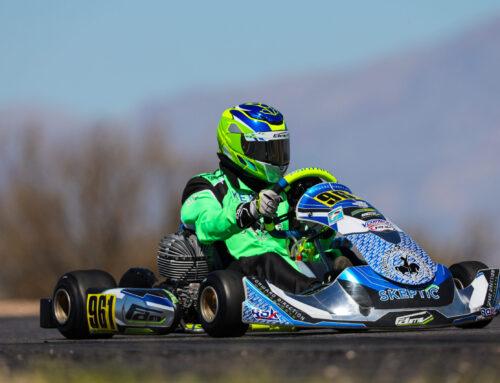by Jennifer G.
July 1st is day 110 since our family decided we would have to stay home. We have a daughter with type 1 diabetes and a son with a compromised pulmonary system from asthma and childhood cancer. We decided that even if the virus didn’t hit kids as hard as adults, it would hit our kids harder and so we’ve been home.

March 13th was our last day of school here in Murrieta, California. I was working at the high school that day, subbing for a teacher who called in sick at the last minute just days after one of the other high schools was closed for a week because of a coronavirus scare. Thanks to all the kids’ cell phones alerting, we all knew at lunchtime that there would be no school until at least April 6th. Needless to say, there wasn’t much learning going on after lunch.
At first, it was just going to be a few weeks. We would be okay, since I am one of those people who prepares for emergencies. We had food and diabetes supplies, extra inhalers for my son, and we hunted up 8 years’ worth of school and scout prize bandanas for face coverings, just in case. We limited screen time and went on daily family walks. When the school closure extended to the end of April, maybe May, and then the end of the school year, we needed to make some changes.
We bought better masks for when my husband went out and we didn’t go out together anymore. We changed from the Costco pharmacy with its crowds and long lines to the mail order pharmacy, so the meds and supplies came right to the door. We learned how to work the curbside delivery systems and once even took advantage of the at-risk patient shopping hour. I began wiping down our groceries and changing our clothes after shopping. California was on a strict lockdown for a substantial time and we stayed home.

The kids understood. They are teenagers, so we didn’t sugar coat it. They have both faced serious illness and even death, so they knew what it is to be hospitalized. As time wore on though, other families began lightening up, letting kids go and hang out together in parks or at friends’ houses. We have not. Our county is number 2 in our state for cases – far below LA county but higher than San Diego, San Francisco, Orange County, and many other larger metro areas. For the first time ever though, our teen daughter WANTS to go back to school. My son is desperate to ride bikes with his local buddy and his 13th birthday party was done over Zoom. Soon, decisions will have to be made about school. Do we let them go? How do we handle coming home? Can we trust the school to protect them? Knowing that people are divided and so many are going out without masks – some even claiming untrue medical conditions so they can avoid it – how can we trust that parents won’t medicate their kids’ fevers and send them off to school? It happens every year with the flu.

Sometimes the stress and fear are overwhelming. But then I remember the days we received our diagnoses. In 2006, when Dr. Walravens came into Natalie’s hospital room and introduced himself as our new pediatric endocrinologist. When we went to the Barbara Davis Center – the building still smelled like construction – and in 8 hours learned everything we could to keep her alive through the weekend. Holding our 2-year-old down to give her a shot while she screamed “HELP ME! You’re hurting me!” That was 14 years ago but feels like yesterday. Or the day in 2014 when we were sent straight to the PICU, bypassing check-in, where the pediatric cardiologist met us at the elevator and explained we would meet the oncologist in a few hours when the tests were back. We almost lost him that weekend and we would have if the appointment had been on Monday instead of Friday.
As parents of these amazing kids, we have all felt that feeling of helplessness. That feeling of what could I have done better, different? What should I have seen or done? Knowing in the end that you did your best with the information on hand and that is all any of us can do.
So, on day 110, with no end to our personal family lockdown in sight, I am watching my kids. I am checking in on them every day with hugs, a listening ear, and an open mind to what they can and can’t try. We are using information from trusted sources to make the best decisions possible, remembering that we have seen worse, and it’s only one year out of the decades they have left. My great grandmother lived through the 1918 pandemic, and then the depression on the plains of Colorado. She saw WWII, Korea, Vietnam, the Civil Rights movement, the Women’s Rights movement, and lived to be 102 years old. Our kids will make it. They will see the other side of this and tell their children about it when they come home with questions on some school project.
Type 1 diabetes makes families resourceful (ever go looking for sugar on a cruise ship at 3am? I have), persistent (ever call 8 pharmacies in a strange city on a Sunday night because you forgot the insulin in the fridge at home? I have), and so much more appreciative of life (our family motto is Choose Adventure!). So, hug your kiddos close, even if they’re almost 17, taller than you are, and making a funny face. Watch Star Wars or Marvel or a ridiculous Minecraft video. Make popcorn if they’re high and s’mores if they’re low. This too shall pass, and then we can get back to only worrying about where that 48 BG came from.





